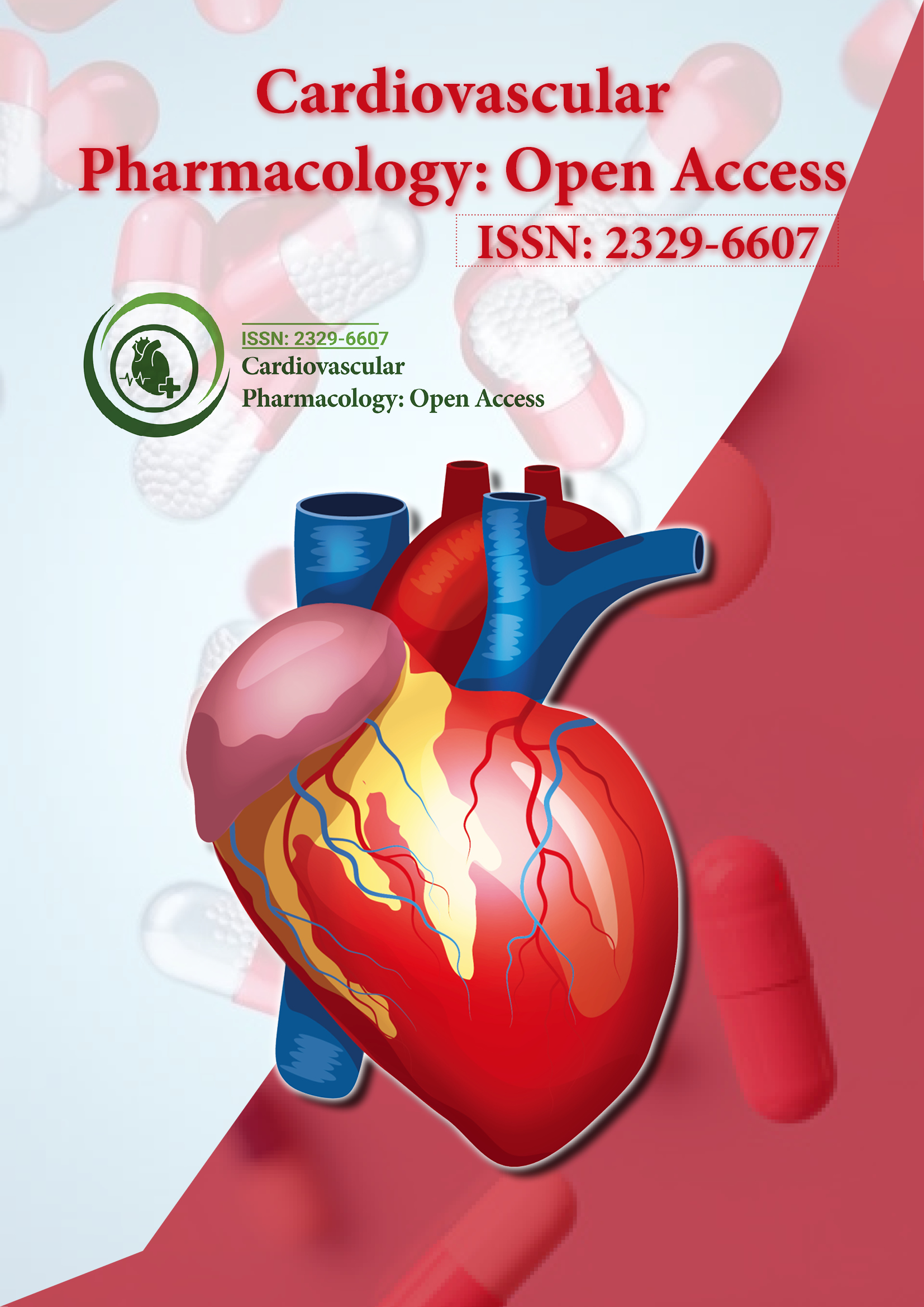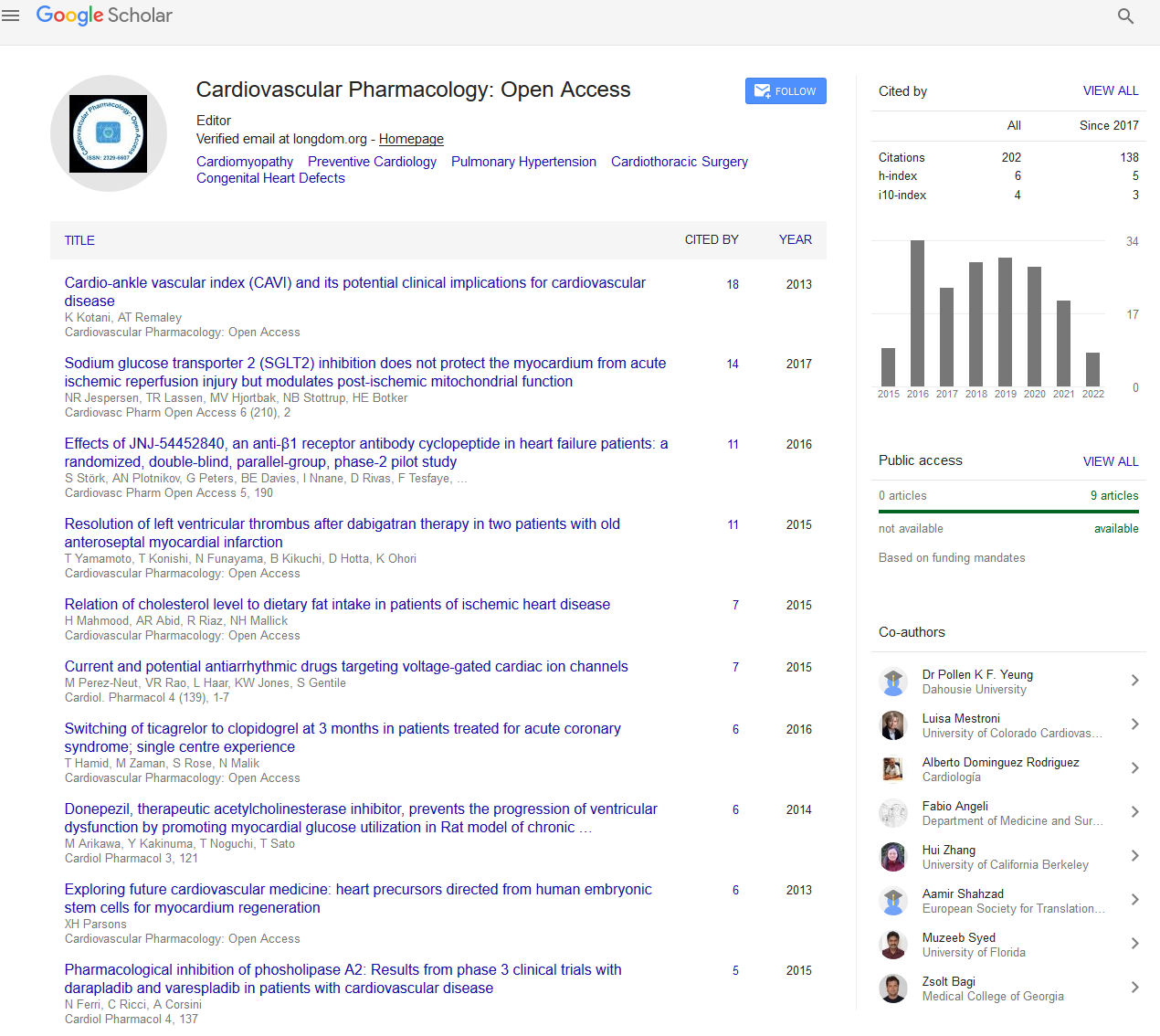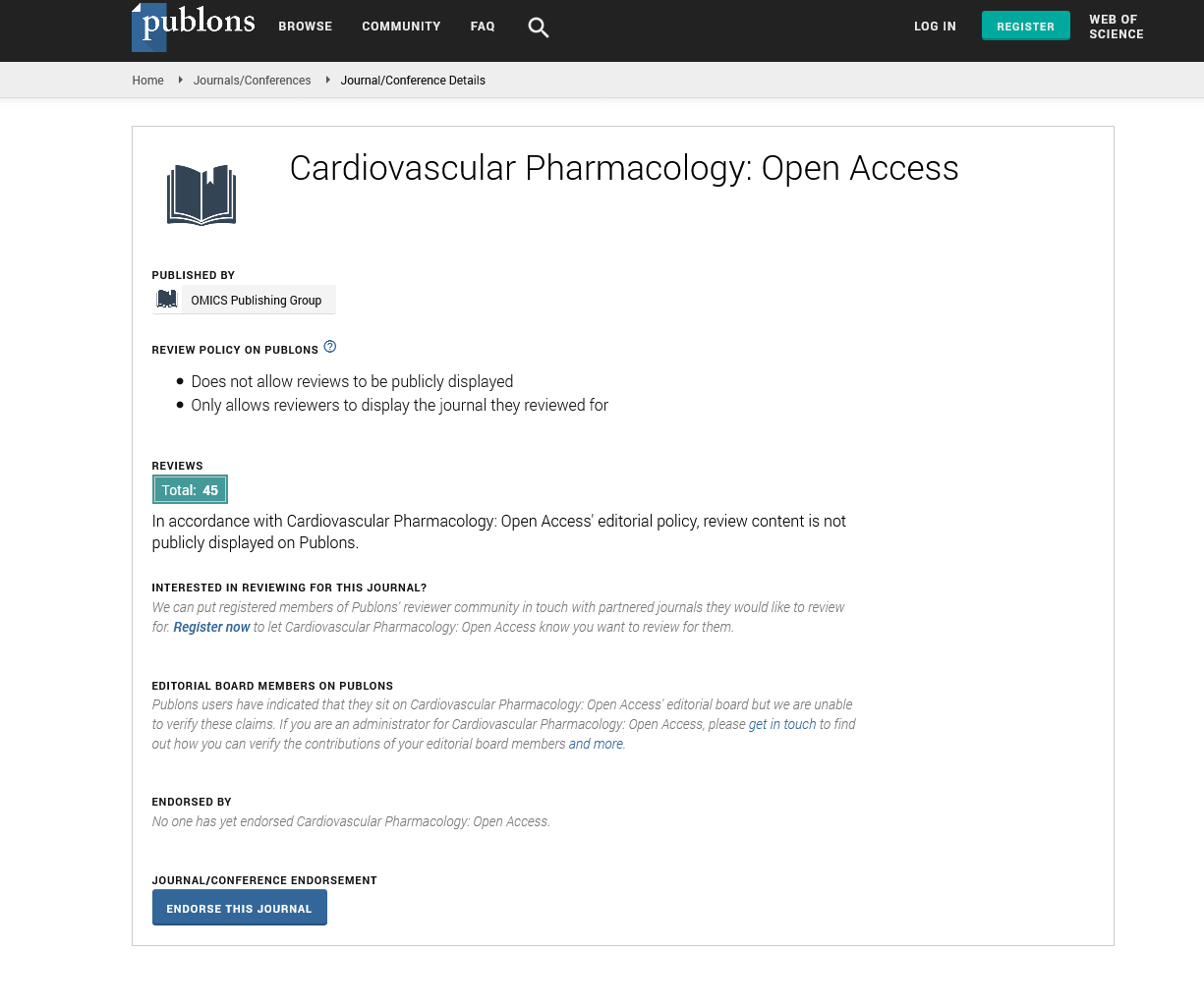Indexed In
- Open J Gate
- Cosmos IF
- RefSeek
- Hamdard University
- EBSCO A-Z
- OCLC- WorldCat
- Publons
- Geneva Foundation for Medical Education and Research
- Euro Pub
- Google Scholar
Useful Links
Share This Page
Journal Flyer

Open Access Journals
- Agri and Aquaculture
- Biochemistry
- Bioinformatics & Systems Biology
- Business & Management
- Chemistry
- Clinical Sciences
- Engineering
- Food & Nutrition
- General Science
- Genetics & Molecular Biology
- Immunology & Microbiology
- Medical Sciences
- Neuroscience & Psychology
- Nursing & Health Care
- Pharmaceutical Sciences
Acute Coronary Syndrome in Elderly Patients: How to Tackle Them?
5th International Conference on Cardiology and Heart Diseases
Feb 27-28, 2025 | Paris, France
Mariacarmela Nucara
University of Messina, Italy
Scientific Tracks Abstracts: Cardiovasc Pharm
Abstract:
Elderly patients diagnosed with acute coronary syndromes (ACS) represent a growing demographic population. These pa tients typically present more comorbidities and experience poorer outcomes compared to younger patients. Furthermore, they are less frequently subjected to revascularization procedures and are less likely to receive evidence-based medications in both the short and long-term periods. Assessing frailty is crucial in elderly patients with ACS because it can influence man agement decisions, as well as risk stratification and prognosis. Indeed, treatment decisions should consider geriatric syn dromes, frailty, polypharmacy, sarcopenia, nutritional deficits, prevalence of comorbidities, thrombotic risk, and, at the same time, an increased risk of bleeding. Rigorous clinical assessments, clear revascularization criteria, and tailored approaches to antithrombotic therapy are essential for guiding personalized treatment decisions in these individuals. Assessing frailty helps healthcare providers identify patients who may benefit from targeted interventions to improve their outcomes and quality of life. Elderly individuals who experience ACS remain significantly underrepresented and understudied in random ized controlled trials. For this reason, the occurrence of ACS in the elderly continues to be a particularly complex issue in clinical practice, and one that clinicians increasingly have to address, given the general ageing of populations. This review aims to address the complex aspects of elderly patients with ACS to help clinicians make therapeutic decisions when faced with such situations.
Biography :
Mariacarmela is a young doctor with strong motivation to learn and grow professionally in the field of Cardiovascular Diseas es. During her work experience, she has perfected the use of the main clinical-diagnostic methods and the main work tools including Level I and II Echocardiographic Imaging, Electrocardiography and HolterECG, implantable devices (Pacemakers and defibrillators), with proactivity, mental flexibility, communication and interpersonal skills as well as team spirit and the ability y to set priorities by organizing her work in a rigorous and goal-oriented manner, achievement of objectives.


